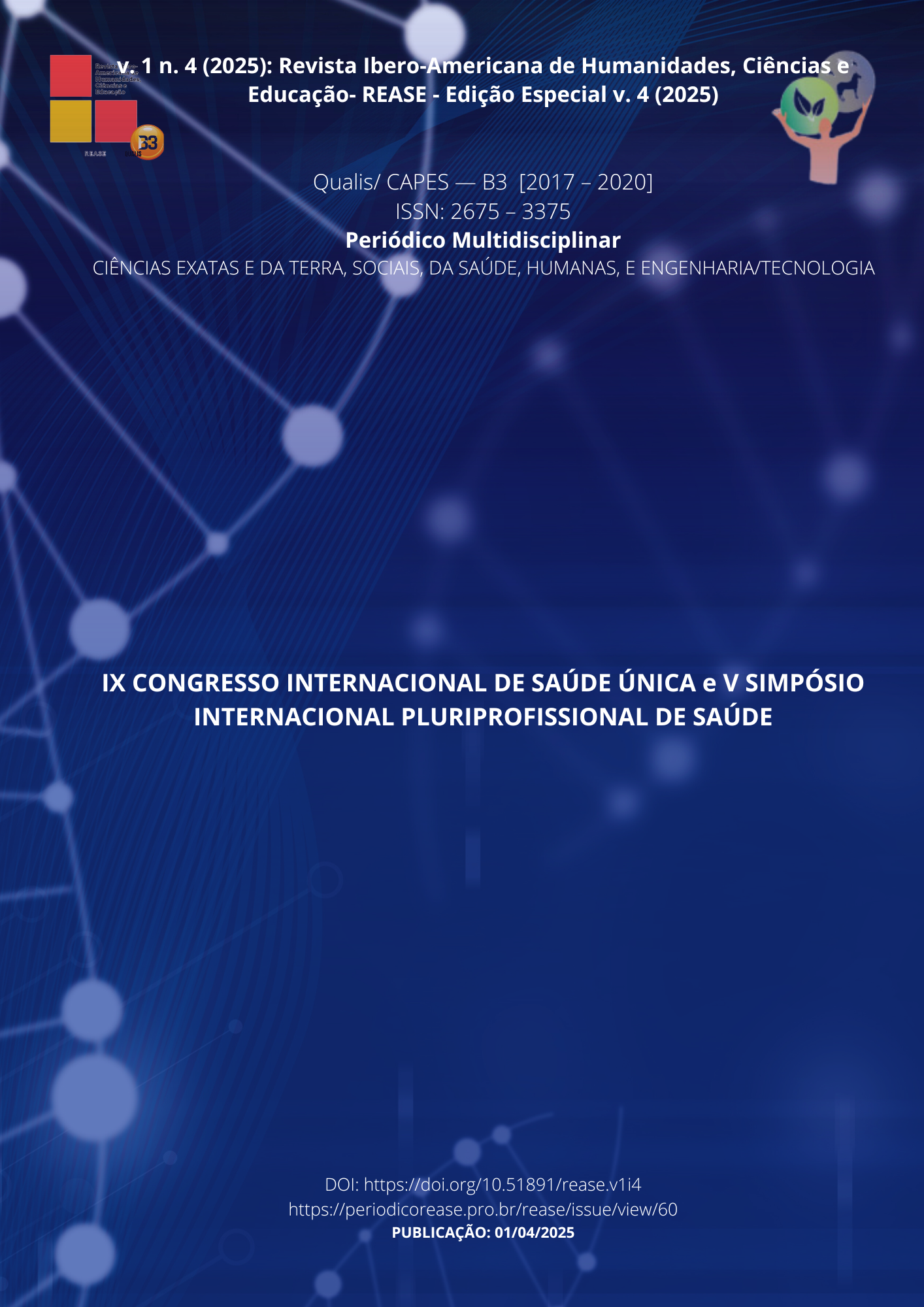ASSOCIATION BETWEEN PERSISTENT MEDIAN ARTERY AND CARPAL TUNNEL SYNDROME
DOI:
https://doi.org/10.51891/rease.v1i4.18459Keywords:
Anatomical variation. Incidental finding. Median nerve compression.Abstract
Carpal tunnel syndrome (CTS) is the most well-known neuropathy in the world, caused by compression of the median nerve. It can trigger pain, numbness, tingling, and weakness. Although the etiology of CTS is unknown, congenital factors may be associated, such as the persistence of the median artery (PMA). This study aimed to analyze the scientific literature on the association of PMA with CTS. This is a literature review, carried out between October and December 2023, through research in the Virtual Health Library (VHL), using the terms: “median artery” AND “carpal tunnel syndrome” as descriptors. The inclusion criteria were articles published in national and international journals in the last 5 years, in Portuguese, English, or Spanish, with the final corpus consisting of 3 articles read in full. Due to the complexity of the vascular development of the upper limb, several anomalies may arise, such as the absence of arteries, and alterations in the origins or persistence of embryonic arteries. The persistent median artery (PMA) may continue to supply blood to the median nerve in adulthood, causing symptoms related to disorders of this nerve. Open carpal tunnel release is one of the most common procedures in hand surgery. The discovery of PMA during surgery should alert to the possibility of associated anomalies and risk of ischemia. Therefore, PMA should be investigated in patients with CTS, especially those with atypical symptoms or who do not respond to conventional treatment. Early identification of PMA can improve surgical planning and clinical outcomes. Imaging studies, such as CT angiography, are essential to assess the vascularization of the carpal tunnel and plan the therapeutic approach. Further studies are needed better to understand the prevalence of PMA and its clinical implications.
Downloads
Downloads
Published
How to Cite
Issue
Section
Categories
License
Atribuição CC BY

